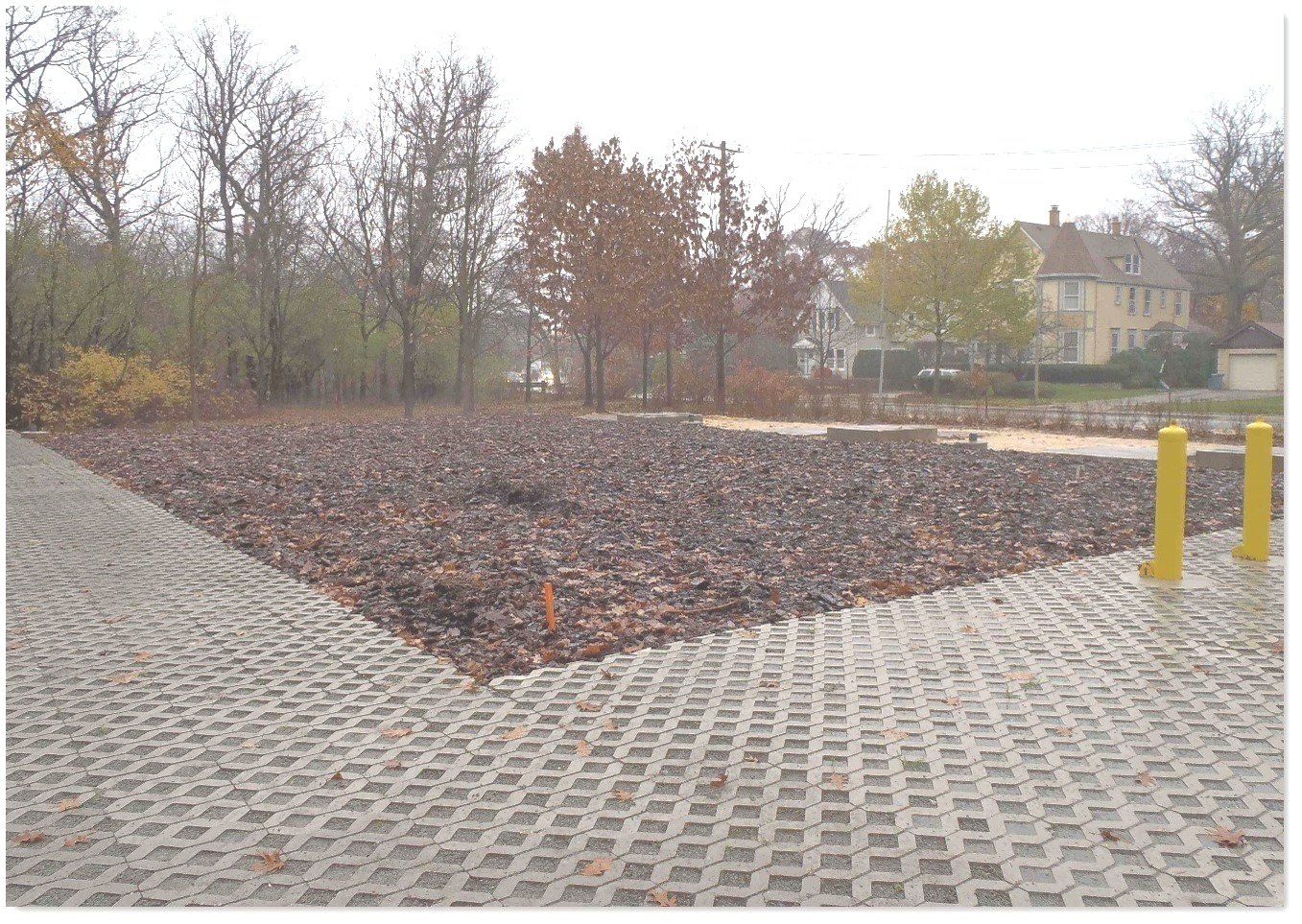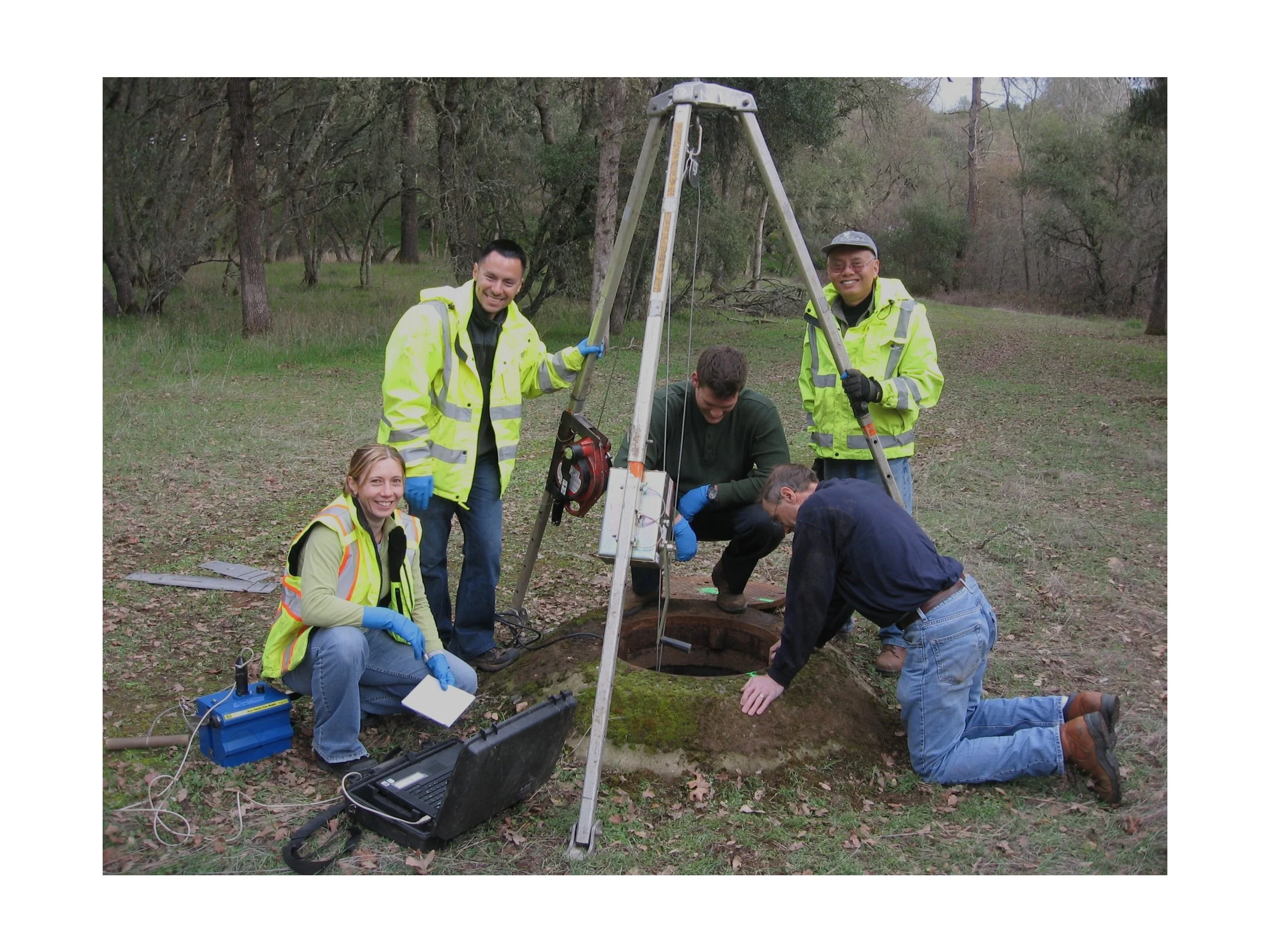V&A’s newest blog article dives into the scientific details surrounding foul odor emissions in sewer collection systems. While the topic may not be the most glamorous, understanding the science behind foul odor generation and its release is crucial for developing and implementing odor control solutions. This informative article sheds light on ventilation dynamics that influence the dispersion and intensity of foul odors, explaining how airflow patterns and environmental conditions within sewer pipes contribute to the release of malodorous compounds.
Mitigating Wastewater Odors: What are my Options?
Wastewater odor issues are typically the result of hydrogen sulfide (rotten egg odor), H2S, produced within the wastewater during conveyance or treatment. H2S can wreak havoc in wastewater treatment systems as it leads to infrastructure corrosion, worker safety issues, and public odor complaints. To address these issues in public wastewater systems, owners and operators need to identify the source of the H2S and other odorous compounds and implement appropriate odor control measures. A comprehensive odor control strategy begins with an odor investigation to characterize the odor and identify the source. Once the odor sources are identified and clear treatment objectives are established, odor control strategies can be designed and implemented.
What's That Smell? Investigating Wastewater Odors
A comprehensive odor control strategy begins with an odor investigation to characterize the odor and identify the source. This article provides a high-level overview of a typical odor investigation approach.
Investigating offensive wastewater odors ensures that you are being a good neighbor, providing a safe work environment, and protecting critical infrastructure from corrosion caused by hydrogen sulfide. The sooner odor issues are addressed, the more cost-effective and impactful the solutions can be.
Inflow & Infiltration Analysis: An Important Component to Sewer Flow Monitoring Programs
Hydraulic modeling involves using a computer program to accurately predict the flow characteristics of wastewater through the pipelines of a sanitary sewer system. Weaknesses within the system are located by running simulations of design storm events (typically 5- or 10-year events) through the model to estimate the system’s reaction to increased flows due to inflow and infiltration (I/I). To calibrate the model, engineers use flow data collected from strategic locations within the collection system.




